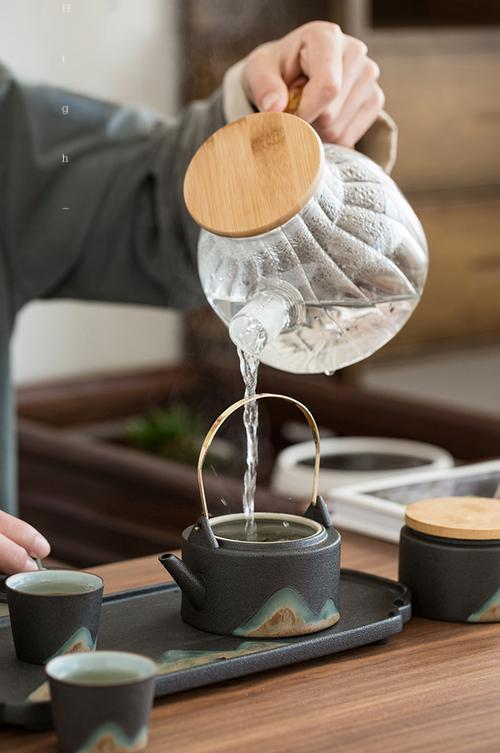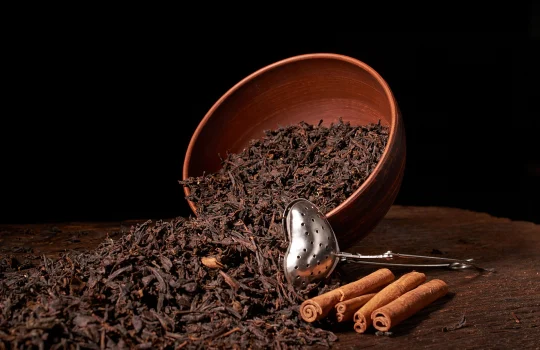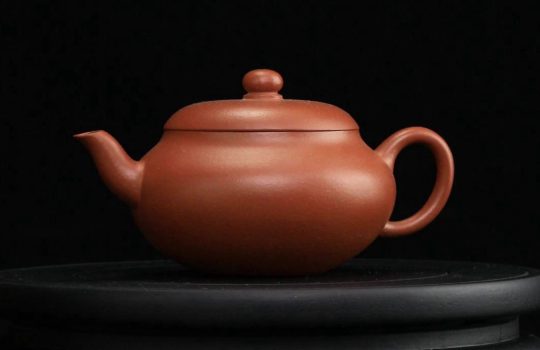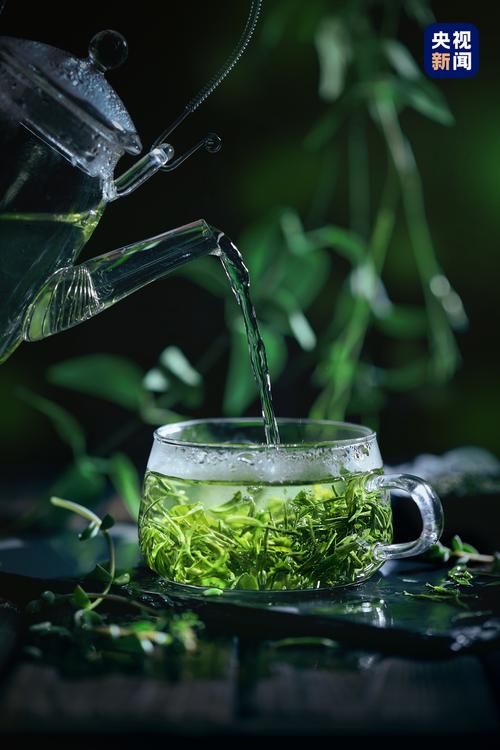Common Tea Brewing Techniques
Waking the Tea
Waking the tea involves reviving the tea leaves to bring out their essence, making them easier to brew and drink. Since the quality of different teas varies, the methods for waking the tea also differ. When brewing black tea, oolong tea, or red tea, place the tea leaves in a brewing vessel
that has been preheated, then use water at approximately 85°C to wake the tea.
Moistening the Tea
When brewing tea in a cup, first add a small amount of hot water to the cup, then add the tea leaves and steep them. Wait until the buds and leaves have unfurled,
then add water to fill the cup to about seven or eight parts full.
The upper, middle, and lower methods refer to the three ways of adding tea leaves for green tea, primarily chosen based on the maturity of the tea leaves.
Upper method: First, pour hot water into the cup until it is about seven-tenths full, then add the tea leaves. This method is suitable for particularly tender and tightly rolled teas, such as Biluochun. Loose-leaf teas should not be brewed using the upper method.
Middle-pour method: First, pour 1/5 to 1/3 of hot water into the cup, then add the tea. After about 15 seconds, pour more water into the cup until it is about seven-tenths full. Premium, delicate green teas are generally brewed using the middle-pour method.
Bottom-pouring method: First, add the tea leaves to the cup, then pour in 1/5 to 1/3 of hot water to moisten the tea. After about 15 seconds, pour boiling water into the cup until it is about seven-tenths full, and wait a moment before enjoying the tea. This method is suitable for teas with loose, spread-out leaves. Pouring over the teapot
After the initial infusion, pour water over the exterior of the teapot in a circular motion to raise its temperature. This is also known as the ‘inner-outer attack’ method. When using purple clay or ceramic teapots, this step is essential.
High pour, low pour
High pouring involves raising the kettle and pouring water into the lid bowl in a continuous stream without spilling, causing the tea leaves inside to roll with the water flow, serving to rinse the tea with boiling water. Low pouring refers to pouring the tea when serving, where the teapot and serving cups should be kept low rather than high, just slightly above the rim of the cup.




